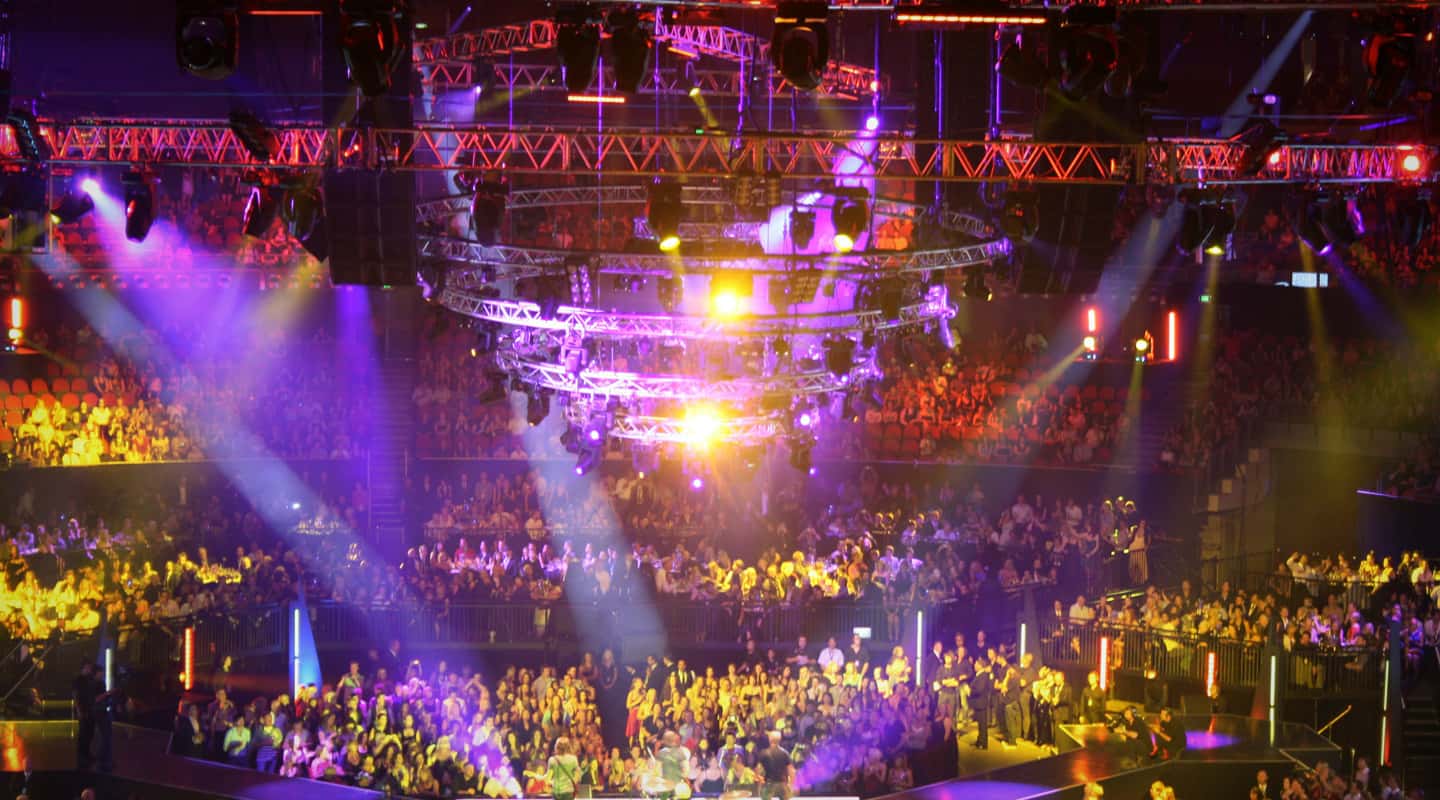
Practicalities of Lighting Design
Paul Collison provides a real-world roadmap for getting a lighting design off the drafting table and into the air.
Text:/ Paul Collison
It’s a great feeling when you hang up from the call that confirms you are the lighting designer for that gig. Sometimes it’s because you know the project is going to be a huge challenge and push you to your limits (which usually means a difficult client with poor planning skills). Sometimes it’s because it’s a high profile gig with a huge budget and total creative freedom (which never happens). Or possibly it’s because you can now pay next week’s rent (more than likely). Whatever the reason for the bump in your mood, it’s not long before the reality of your job sets in and the process of conceptualisation, designing and implementing your lighting design begins. And that’s what this article briefly covers. ‘Briefly’ is the key word here, as no two jobs are the same. There is no tried and true formula that can be applied the same way each time. What the following may do is give you a glimpse into a process and an approach to a lighting design.
ASKING ENOUGH QUESTIONS
The first thing I have to say is: Never be afraid to ask questions. Some people think that asking a question of a client is a sign of weakness; a sign that you don’t know what you are doing. In my experience, nothing could be further from the truth. My mind reading skills are not great; just ask my last girlfriend. It’s no possible to absorb a creative direction without dialogue, so in order to understand the needs of your employer, you will need to ask questions – there is no better way to get a thorough understanding of what a client/producer is really after.
Let’s pretend the job you’ve won is a stock standard corporate product launch. Don’t be put off at this point, as you can apply these points to almost any production. The first question I often ask in these environments is: “Is this going to filmed?” If the answer is yes, then: “Is it for broadcast or just for archival purposes?” These are extremely pertinent questions, as this will affect the entire approach to your design. If the job is only to be filmed for archival purposes, remember there will forever be a recorded version of your work. Sure it might have looked great live, but the video the client will watch afterwards will be a permanent record. Other questions might include: “Do I need to light the audience?” or “Is there a specific colour scheme I should follow for this particular show?” There are dozens, if not hundreds, of questions that I find need to be asked before any project can be designed.
ROOM TO MOVE
Once you’ve asked more than enough questions, and you have a complete understanding of what the client wants, then it comes time to put together a plan. Of course, this plan is based on what your client has asked for, but most importantly, it is based on your gut feelings and instincts. Sometimes you might add fixtures just in case. I always add some lights, a profile or two, possibly a bar of par cans, or maybe even a moving light, just in case something pops up. On the day, I’d rather answer the “Can you light this?” question, with “Yes, I added two profiles for that just in case,” rather than “Well, you didn’t mention that in the meeting”. Of course, there is a very fine line between having enough gear up your sleeve, and adding lights for the hell of it. I always try and have a little room to move.
MEET THE VENUE STAFF
Invariably after a brainstorming session with the client, comes a site visit. At this point you get to not only see where the magic is going to happen, but also meet the venue personnel. The venue staff, I find, are almost always the key ingredient for a smooth design and implementation process. They have all the information you’ll need to be well-prepared on the day and allow your design to come to life with the minimum of fuss. They’ll have the information that isn’t always documented. Again, ask questions: “Can we use smoke in here? Where is the best place to locate the hazer? What sort of weight can I hang from that point? How do we access that bar over there?”
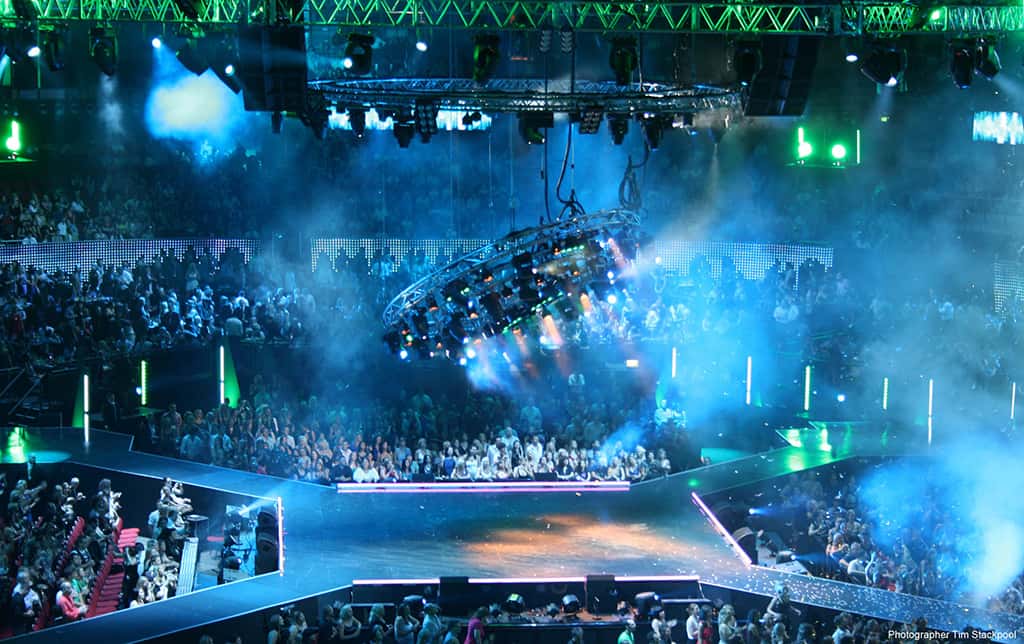
GETTING IT ALL DOWN IN BLACK & WHITE
So now you have the plan in your head and you’re armed with all the information to document these thoughts and create paperwork for your department to go about building the lighting system – you’re ready to create a lighting plan. In years gone by, the lighting plot would have been the solitary working document on the site. With production companies becoming more skilled, they tend to ‘own’ the drawing now, allowing you merely to add in your layers to a master drawing. Whoever or wherever that drawing resides, it is critical that this document is clear and concise. Often a lighting plan will need some verbal explanation, however the better the drawing, the less explanation required. This document is the single most important vehicle to the realisation of your design. It is worth the time to get it right.
SUPPLIERS: CHOOSE YOUR BATTLES
Once you’ve designed your masterpiece and committed it to CAD, it comes the time to talk to potential suppliers. Most clients, producers and companies have preferred supplier agreements. It is often wiser to not get between a client and a supplier. I am usually more than happy to work with just about anyone my client prefers. It’s important to remain independent throughout this process. And here’s where it can get tricky. Those particular fixtures you like to use might not be available for that day. The preferred supplier your client works with doesn’t own Brand X of moving lights you like to use. When it comes to negotiating with a supplier for lighting equipment, I find it is of paramount importance to quickly establish what parts of the design are non-negotiable and what parts you are happy to swap in and out. Swapping a CMY fixture out for a fixture with only a colour wheel might be okay for a dance floor, but not for another part of your design. Being flexible on things that aren’t imperative means that when you finally put your foot down for that one piece of kit you desperately want/need, you get heard. In essence, chose your battles. All production companies are pretty flexible, once a job has been won. Look after them and they’ll look after you.
CONNECTING WITH THE TEAM
Things are moving pretty swiftly at this point, you have a design and a company willing to supply a lighting system in the desired configuration. It’s time to talk more with the venue, particularly if you haven’t done so already. Are they happy with the design? Have you put so many lights in the roof that it will fall down, or have you planned to hang something in an area where a point doesn’t exist. That truss you intend to hang above the audience might be obscured by something not on the drawing you got. The tech manager, or head of lighting if they exist, should at this point be your best friend. Their knowledge of the venue will really help you avoid some unnecessary embarrassment down the track, so it’s critically important to get the venue to sign off on a design well before the day of the bump in.
BUMP-IN PREP: SMOOTH
Depending on the type of job, the lighting designer, more often than not, has some part in the management of the install. If there is a crew chief (or ‘project manager’ on fancy jobs) then they are charged with many of these responsibilities. However, they generally work in consultation with the designer. After all, client will turn to <you> if any part of the lighting system is not to their liking. In the lead up to the bump-in, it is important to be mindful of things like crew breaks, water and safety inductions, as they can affect the flow of a bump-in, which ultimately affects your show.
The few days prior to a bump-in, it is possible you may end up being a little more of a passenger. The lighting production company has your information now, and is busy preparing for the bump-in. I find it important to catch up with the client again about now. Even if it’s just for a coffee to briefly go over things again. It’s amazing how many details get left out until this point, or that have been added at the last minute. Doing this allows you to make sure you can add those last minute things <before> the truck leaves. Regardless of whether you’ve left out a single gel, or something more substantial; there is nothing worse than having to get extra gear delivered because of a simple oversight.
THE BUMP-IN
Bump-in day comes and everything is go. There are a thousand different ways that different designers work at this point. Some get right on in and hang lights, help run cables and stay really involved with the set-up. Some hang back and take an overall view, while maintaining communication with the client and the stage management teams. Some sit on their laptops designing the next job. I’ve taken all three approaches at various points – it depends on the job. Regardless, it is the responsibility of the lighting designer at this point to make sure everything runs the way it should.
Sitting back, watching how things are coming together, can help identify aspects that might need changing – a lot can change from concept to realisation, but coping with change is all part of the job. Identifying the changes early is important but remember: you’re asking somebody to do their job twice. If you’ve made a mistake, admit it. Don’t make excuses. Move forward.
KEEPING THE EYE ON TEAM
You can see here that a lighting designer is frequently more than just a designer. You can be a manager of people, logistics manager, psychologist and even caterer. Doing the coffee run at the right time can lift the spirit of your team and help get the job done. Making sure there is plenty of water and even light refreshments can keep both the energy and the spirits of the team up. Even just saying thankyou as things go along makes a difference. Finally, at some point you get to actually play with the lighting system you’ve installed, but it’s important to get the journey to that point right. That will define your state of mind for the show ahead.


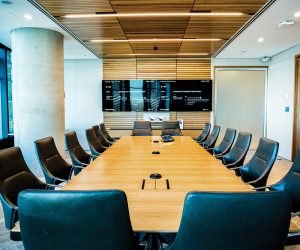
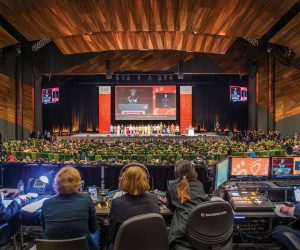
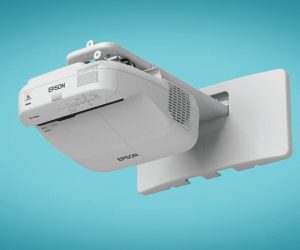







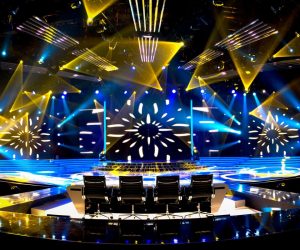


RESPONSES